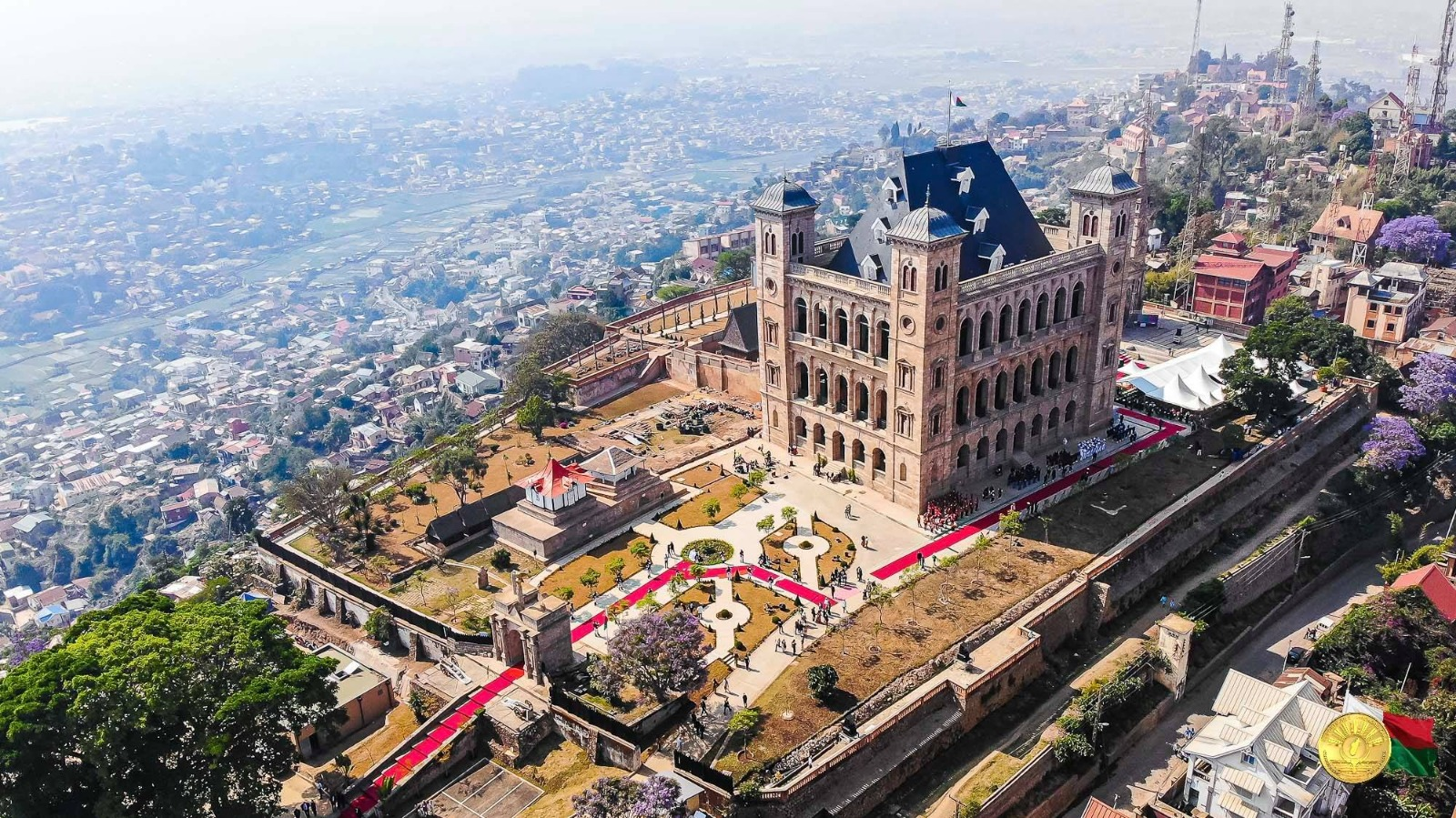Wallis and Futuna, a French overseas collectivity in the South Pacific, is a captivating destination renowned for its breathtaking landscapes, vibrant culture, and tranquil island life. Comprising three main islands—Wallis (Uvea), Futuna, and Alofi—this remote territory offers an alluring blend of Polynesian traditions and French influence, providing an exceptional escape from the ordinary.
Table of Contents
Geography
Wallis and Futuna is located in the southwestern Pacific Ocean, approximately 2,500 kilometers northeast of New Zealand and about 1,000 kilometers west of Samoa. The territory spans around 142 square kilometers, with Wallis Island being the largest at roughly 100 square kilometers, followed by Futuna and Alofi, which are smaller, at around 80 and 20 square kilometers respectively. The islands are volcanic in origin, featuring lush forests, volcanic peaks, and coral reefs.
Wallis Island is surrounded by a central lagoon enclosed by a barrier reef, offering calm, shallow waters perfect for snorkeling and swimming. The island’s landscape includes volcanic mountains, fertile plains, and dense forests. Futuna Island, known for its rugged terrain and mountainous landscape, provides stunning vistas and diverse ecosystems. Alofi Island, the smallest of the three, is a low-lying atoll with pristine beaches and crystal-clear waters.
The tropical climate of Wallis and Futuna is characterized by warm temperatures and high humidity year-round. The islands experience a wet season from November to April, with heavy rainfall and occasional cyclones, and a dry season from May to October, featuring more stable weather conditions. This climate supports lush vegetation and vibrant marine life, contributing to the islands’ natural splendor.
States of Wallis and Futuna
Wallis and Futuna is a French overseas collectivity composed of three main islands, but it is divided into two main regions or “territorial collectives,” not states:
- Wallis (Uvea): The larger of the two main islands, along with some smaller islets, forms the Wallis region.
- Futuna: Includes the islands of Futuna and Alofi, forming the second region.
Each region is further subdivided into three traditional kingdoms:
- Wallis (Uvea) Kingdom: On Wallis Island.
- Alo Kingdom: On the island of Futuna.
- Sigave Kingdom: On the island of Futuna.
These kingdoms are part of the cultural and traditional governance structure within the islands.
History
Wallis and Futuna has a rich history marked by Polynesian settlement, European exploration, and French colonial influence. The islands were first settled by Polynesian voyagers around 1,500 years ago, who established a way of life centered around fishing, agriculture, and communal living.
The name “Wallis” originates from the British explorer Captain Samuel Wallis, who encountered the island in 1767. “Futuna” derives from the local Polynesian term for the island. During the 19th century, European missionaries and traders arrived, introducing Christianity and new goods. Despite these influences, the islanders maintained many aspects of their traditional lifestyle.
In 1887, Wallis and Futuna became a French protectorate, and by 1961, it was formally annexed by France. The islands were integrated into French Polynesia but later became a separate French overseas collectivity. Today, Wallis and Futuna retains its unique status, blending traditional Polynesian culture with French governance and influence.
The islands faced challenges related to isolation and economic development throughout the 20th century. However, the islanders have preserved their cultural heritage while adapting to modern changes. Wallis and Futuna is now celebrated for its cultural richness and natural beauty, reflecting the enduring spirit of its people.
Top Ten Must-Visit Destinations
1. Wallis Island Lagoon
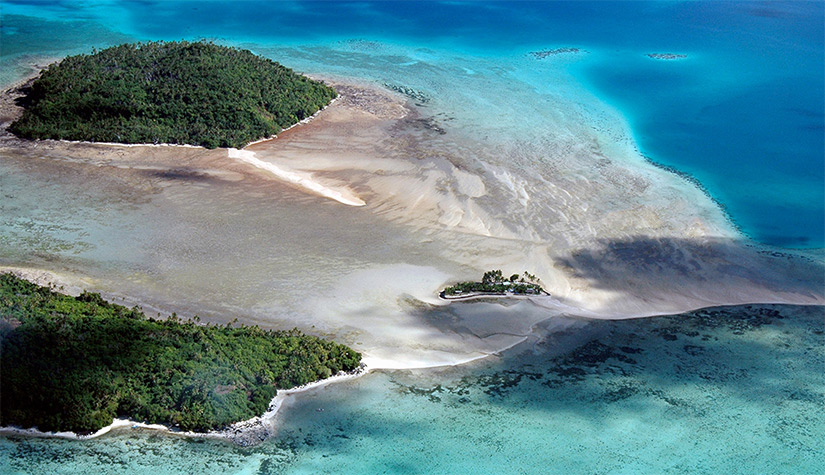
The lagoon on Wallis Island is a prime attraction, renowned for its crystal-clear waters and vibrant coral reefs. The lagoon is surrounded by a barrier reef, creating calm, shallow waters perfect for snorkeling. Visitors can explore the diverse marine life, including colorful fish, sea turtles, and various coral species. The lagoon also offers opportunities for swimming and relaxing on its sandy shores, making it a top destination for nature enthusiasts and those seeking a serene environment.
2. Le Palais de la Reine
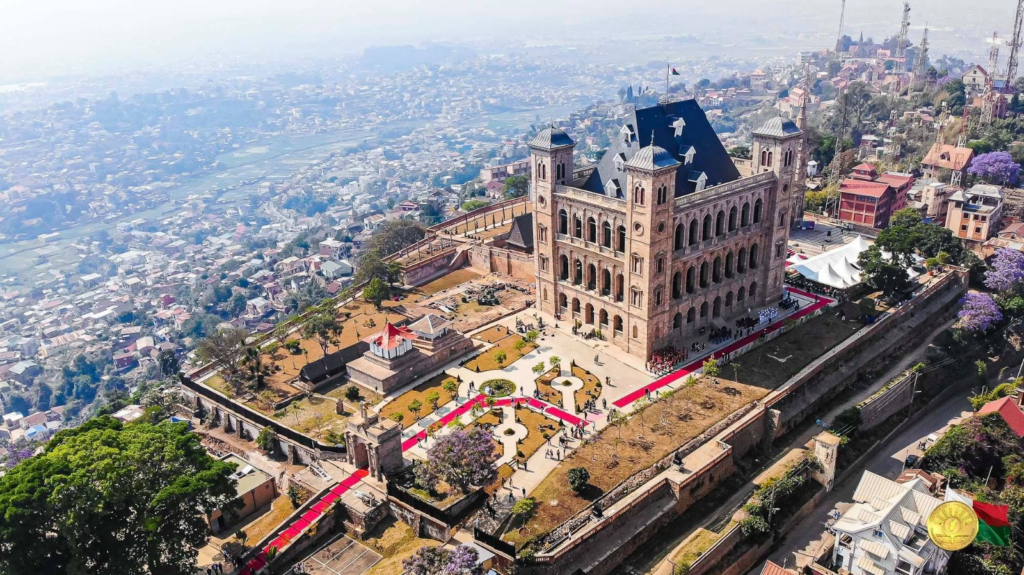
Located in Mata-Utu, Wallis Island’s capital, Le Palais de la Reine is the traditional royal residence. The palace is an important historical and cultural site, showcasing the island’s royal heritage. Visitors can admire the traditional Polynesian architecture and learn about the royal family’s role in the island’s history. The palace is also a venue for cultural ceremonies and events, providing insight into the island’s rich traditions and history.
3. The Sigave Kingdom

The Sigave Kingdom is one of the three traditional kingdoms of Wallis and Futuna, located on the island of Futuna. Visiting this kingdom offers a unique cultural experience, where visitors can learn about the island’s traditional governance, customs, and way of life. The kingdom is known for its strong sense of community and rich cultural traditions, making it a fascinating destination for those interested in the local culture.
4. Alofi Atoll

Alofi Atoll is a serene and picturesque destination known for its pristine beaches and clear, shallow waters. The atoll is ideal for relaxation and enjoying the natural beauty of the South Pacific. Visitors can explore the white sandy beaches, swim in the turquoise waters, and snorkel in the coral reefs. The tranquil environment of Alofi makes it a perfect spot for unwinding and experiencing the island’s unspoiled charm.
5. Mata-Utu Cathedral
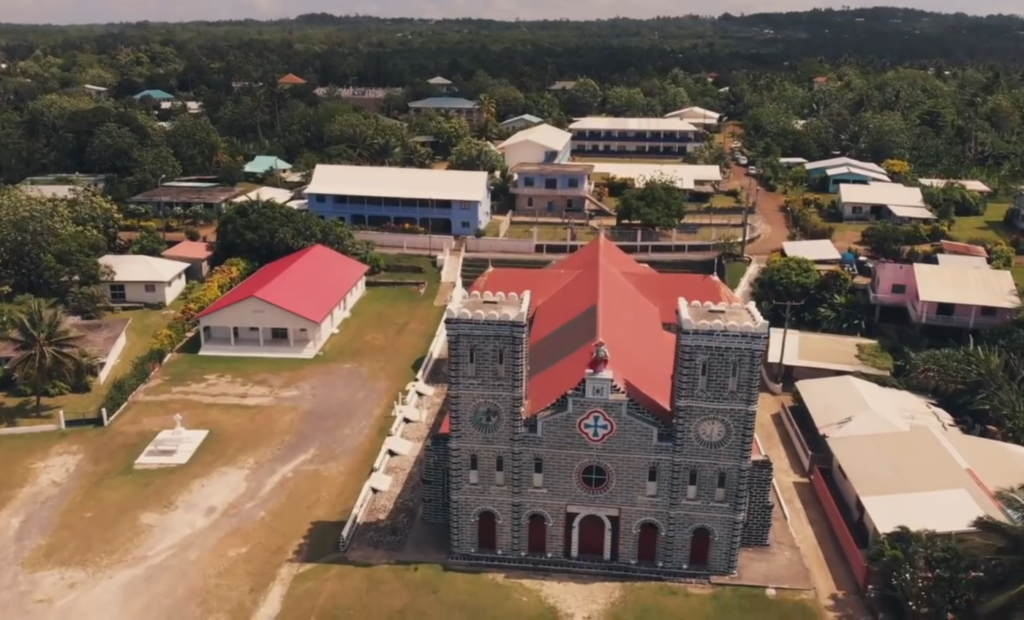
Mata-Utu Cathedral, situated in Wallis Island’s capital, is a significant religious and architectural site. The cathedral’s striking design reflects both Polynesian and French influences, featuring intricate woodwork and colorful stained glass. It serves as a focal point for the local Christian community and is a key landmark in Mata-Utu. Visitors can appreciate the cathedral’s architectural beauty and learn about its role in the island’s spiritual and cultural life.
6. Lake Lalolalo
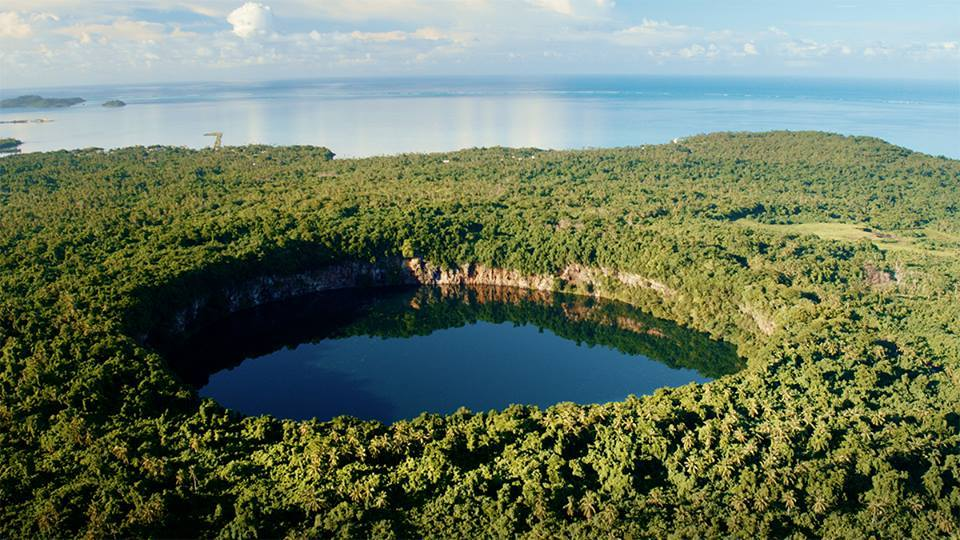
Lake Lalolalo is a breathtaking crater lake situated on Wallis Island. Encircled by steep cliffs covered in lush vegetation, this nearly circular lake is one of the island’s most iconic natural wonders. The serene waters, surrounded by the dense tropical forest, create a peaceful atmosphere, making it a perfect spot for nature lovers and those seeking tranquility. The lake is also steeped in local legends, adding to its mystique.
7. Tepa Church

Tepa Church, situated on Futuna Island, is a small but historically significant church. This charming wooden structure is one of the oldest churches on the island and is a testament to the early Christian missionaries who came to the region. The church is a peaceful place for reflection and offers insight into the religious history of the island.
8. Vailala Beach
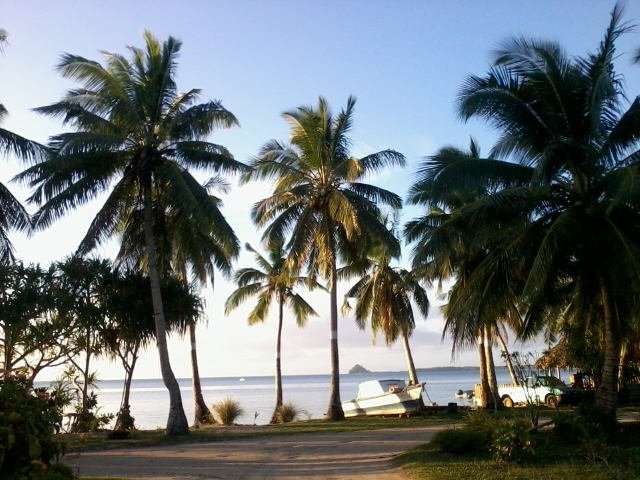
Vailala Beach, located on the western coast of Wallis Island, is one of the most beautiful and serene beaches in the region. Known for its soft white sands and clear blue waters, the beach is perfect for swimming, snorkeling, and sunbathing. The calm waters make it an ideal spot for families, while the vibrant marine life just offshore offers exciting snorkeling opportunities.
9. Talietumu Fort

Talietumu Fort, also known as Tonga Toto, is an ancient archaeological site on Wallis Island. This historic fort was built by the Tongans during their occupation of the island in the 15th century. The site features well-preserved stone walls and platforms that were once used for ceremonies and as defensive structures. Talietumu offers visitors a fascinating glimpse into the island’s pre-European history and the influence of Tongan culture on the region.
10. Loka Cave

Loka Cave, located on Futuna Island, is a significant cultural and historical site. This cave is known for its ancient rock carvings and petroglyphs, which depict various symbols and figures from the island’s past. The cave serves as a reminder of the island’s rich cultural heritage and offers visitors a unique opportunity to explore the art and history of Futuna’s indigenous people.
Culture
Wallis and Futuna’s culture is deeply rooted in Polynesian traditions, with strong influences from French colonial history. The islanders maintain a communal lifestyle centered on family, tradition, and the natural environment. Traditional practices such as weaving, carving, and dance are integral to island life and are celebrated during cultural events.
The Wallisian and Futunan languages, which are Polynesian languages related to Samoan and Tongan, are spoken alongside French. These languages play a crucial role in preserving traditional knowledge and cultural practices. The islanders’ cultural heritage is reflected in their art, music, and daily activities, contributing to Wallis and Futuna’s unique character.
Economy
Wallis and Futuna’s economy is based on subsistence agriculture, fishing, and small-scale tourism. The islands have limited natural resources and rely heavily on financial aid from France. Agriculture includes crops such as taro, yams, and bananas, while fishing provides local sustenance. Small-scale tourism contributes to the economy by attracting visitors to the islands’ natural and cultural attractions.
Cuisine
The cuisine of Wallis and Futuna features fresh seafood, root vegetables, and tropical fruits. Traditional dishes include “fai kakai” (taro leaves cooked in coconut milk) and “poe” (a dessert made from bananas or pumpkins), reflecting the islands’ Polynesian roots and French influence.
Top Eight Most Famous Food

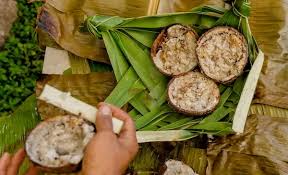


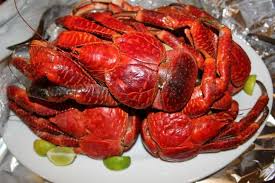

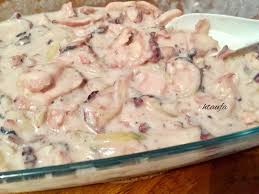

Ten Interesting Facts
- Wallis and Futuna is a French overseas collectivity located in the South Pacific Ocean.
- The territory is composed of three main islands: Wallis, Futuna, and Alofi.
- Wallis Island is the largest of the three, with a central lagoon surrounded by a barrier reef.
- Futuna Island is known for its rugged volcanic peaks and mountainous terrain.
- Alofi Island is a low-lying atoll with pristine beaches and clear waters.
- The islands have a tropical climate with a wet season from November to April and a dry season from May to October.
- Wallis and Futuna’s official languages are Wallisian, Futunan, and French.
- The islands have a rich cultural heritage with traditional practices such as weaving and carving.
- Wallis and Futuna became a French protectorate in 1887 and was formally annexed in 1961.
- The economy relies on subsistence agriculture, fishing, and small-scale tourism, supported by financial aid from France.
Conclusion
Wallis and Futuna is a hidden gem in the South Pacific, offering a unique blend of natural beauty, cultural richness, and serene island life. From its stunning lagoons and vibrant coral reefs to its rich cultural traditions and warm hospitality, the islands provide an unforgettable escape for travelers seeking both adventure and tranquility.

